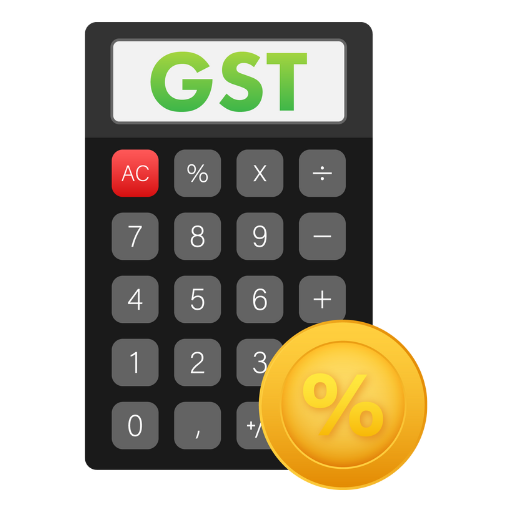Enter 2 values to get the other values and press the Calculate button:
About Voltage Calculator
What is voltage in simple words?
Voltage is like the force that pushes electricity through a circuit. The higher the voltage, the more electricity flows to a device. It’s measured in volts, and each electronic device has a voltage range it needs to work properly. If the voltage is too high, it can damage the device. If it’s too low, the device may not work at all. Knowing how voltage works helps you take care of electronics and troubleshoot any problems.
In any electronic system, voltage is one of the key factors. It’s listed in the specs of many devices like batteries, radios, light bulbs, and shavers. Voltage is vital not only in everyday gadgets but also in designing circuits. The unit of voltage is volts, and it helps us understand how much electric potential is at play. Without the right voltage, circuits won’t function as intended. For example, a 240-volt light bulb won’t work if connected to a 12-volt battery, and if you plug a 5-volt device into a 240-volt socket, it will likely burn out.
How is voltage measured?
To measure voltage, you use a multimeter. This handy tool can also check current, resistance, temperature, and more. Multimeters come in both analogue and digital forms, though digital ones are simpler to use. When measuring voltage, you connect positive and negative test leads to the circuit. If you're using an analogue multimeter, you start with the highest range and gradually narrow it down until you get an accurate reading.
What are the types of voltage?
Voltage comes in two main types: direct current (DC) and alternating current (AC). DC flows in one direction, like the power from a battery, where the positive and negative terminals are clearly marked. Reversing the connections can damage a circuit.
AC, on the other hand, constantly changes direction. In homes, the outlets supply AC at 50/60 Hz, meaning the current changes direction 100–120 times per second. This is why you don’t need to worry about polarity when plugging in appliances.
There are also different voltage levels. Extra-low voltage (ELV) is under 70 volts and is safe for humans, often used in things like pool lighting or battery-powered devices. Low voltage ranges from 70 volts to around 600 volts and powers homes and businesses, but it can be dangerous to touch. High voltage (115 KV to 230 KV) and very high voltage (345 KV to 765 KV) are used to transmit electricity over long distances, reducing energy losses.
What is the difference between voltage and current?
Voltage is the "push" that moves electricity, while current is the actual flow of electricity, like water moving through a river. Voltage can be thought of as the height of the water, and current as the amount of water flowing. Just as water flows from high places to low, electricity flows from areas of high electric potential to low.















